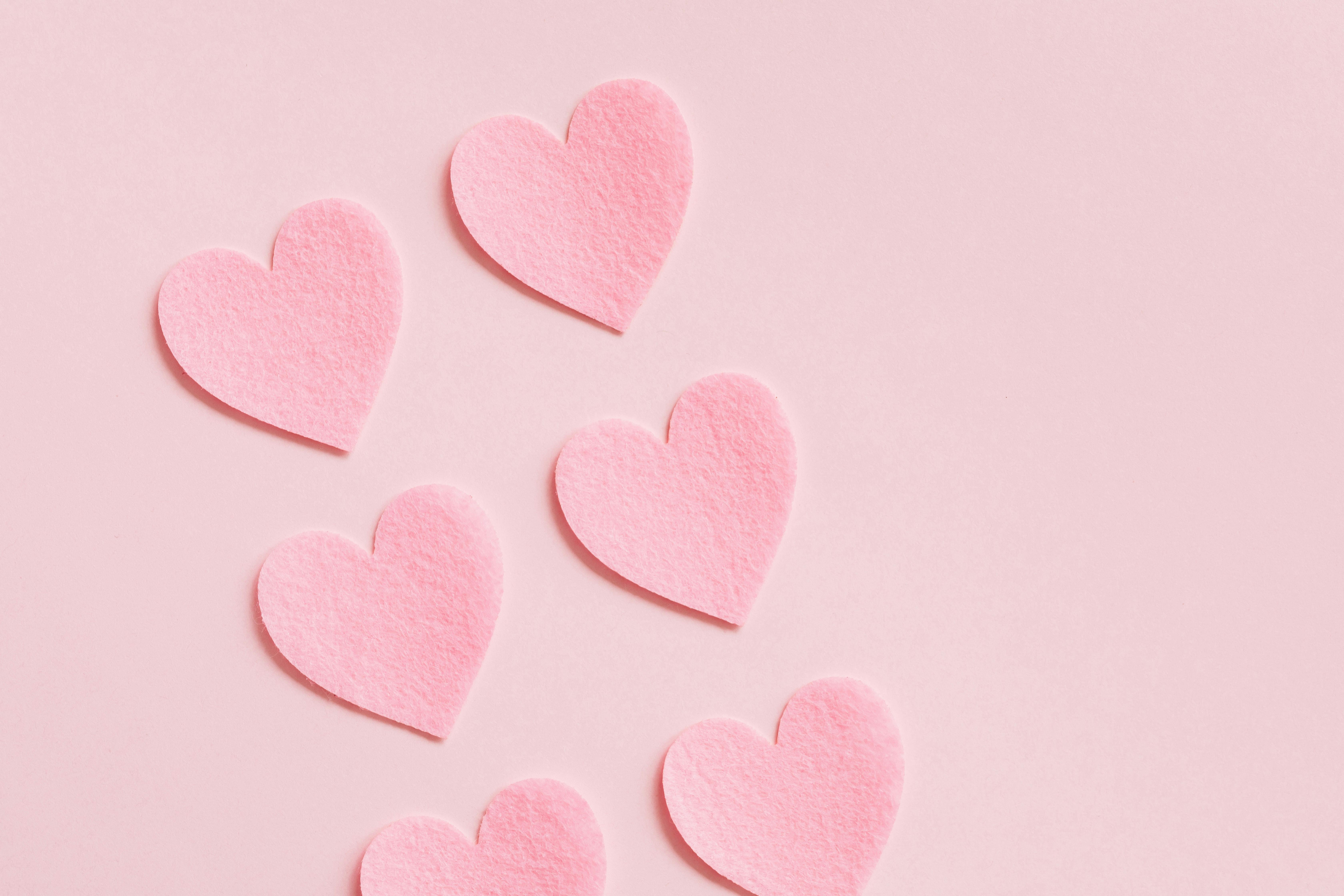Potty training is one of the most important things for your puppy to learn. Common sense should tell you why it is the most vital part of raising a puppy and must be done consistently to be effective. Aside from maintaining the hygiene of your home, trained dogs are happy dogs.
There are numerous ways to potty train your puppy, depending on the circumstances and the type of dog. Paper training is suitable for puppies that have not yet been vaccinated and for those who live on high floors where access to the garden by the dog is almost impossible.
Crate training, suitable for city-dwelling dogs, makes use of the dog’s instinctive nature not to mess up his sleeping area to train him to control his bladder and relieve himself only when out of the crate.
The common option would be to train your dog to go out into the backyard or garden to relieve himself.
A good time to start potty training, as recommended by most experts, is when your puppy is between eight and twelve weeks old. Remember the saying that old dogs can’t learn new tricks? It’s not entirely true, but he’s right in some ways because it’s much easier to train a younger dog when no undesirable habits are formed. So don’t risk it.
There are many ways in life to achieve the same desired results. Of them, there are hard paths and easy paths, right paths and wrong paths. The best course of action is to use the easiest and fastest way to get the correct results. This requires a lot of supervision and positive reinforcement. Let’s see what is the best way to achieve what we want to potty train our new puppy.
To begin with, you should assign an area for your puppy to relieve himself outside or inside the house, you should show him the way to this place and praise him generously after he is done.
If you praise and reward him immediately after his work is done, you encourage him to eliminate only in that area. Your puppy will detect the smell of urine and learn to associate it with the place to relieve himself.
To help your puppy remember, always use the same door and place where you want your puppy to relieve himself. Use dirty newspaper to mark the area and point your pup to the correct spot.
Next in line is getting your pup to learn about his elimination routines. As creatures of habit, it is in their nature to keep schedules. When your puppy is six to eight weeks old, he should be taken out to relieve himself every few hours. The frequency will decrease as he gets older and has better control of his bladder. During the puppy stage, take him to his assigned elimination area at the following times of the day: upon waking in the morning, after naps, meals, play, training session, and just before bed.
Taking your puppy out at the same time every day will be very beneficial for both of you. This is very helpful in establishing a routine for your puppy and will help you learn and control his bladder until you put him out.
At this time, you must learn to look for clues, if your puppy is used to roaming freely around the house, look for signs that tell you that he needs to do so. Be attentive and observe his behavior when he needs to relieve himself, such as sniffing a lot, circling and staring at the door to get out.
Teach your dog the command “Hurry up” or “Go potty” to speed up the dog’s potty time, teach him to eliminate when you give him the command. So say “hurry up” or “bathroom” in an encouraging tone just when he feels like “going.” He will soon learn that when you say the command, he will start sniffing, circling, and then get down to business. Once he’s finished, praise him lavishly.
It is common for puppies to make mistakes during the potty training process. In part 2 of this article, you’ll learn how to forgive your mistakes and more tips to help you train your puppy in double the time.
